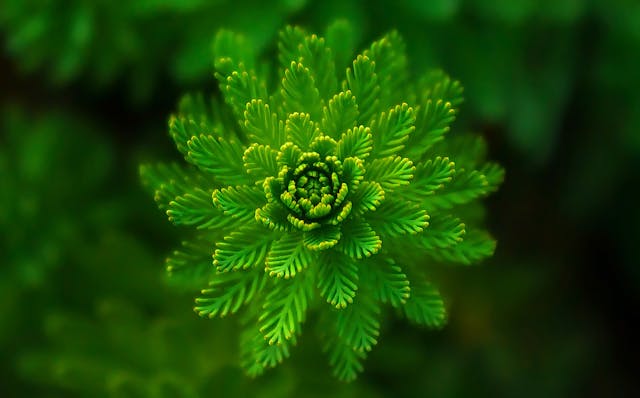[ez-toc]
China’s Space Breeding Experiments: Shijian-19 Returns to Earth
China’s ambition in space is reaching new heights. Recently, the country’s first reusable satellite, Shijian-19, touched down on Earth after a two-week mission in orbit. The goal of this mission? To conduct experiments on plant mutation, a groundbreaking endeavor aimed at enhancing the yields of agricultural crops.
Shijian-19, launched on September 27, carried various seeds from different locations, including plants and microorganisms. These payloads were sent into space to test the effects of the space environment on plant breeding. Once the spacecraft landed, all of the payloads were retrieved for analysis.
“This mission carried out space breeding, new technology verification and space science experiments, and focused on promoting the development and application of new space technologies,” stated the China National Space Administration (CNSA). “At the same time, it carried a number of international cooperation payloads and became a good platform to promote international space cooperation, which is of great significance to promoting space exploration and space utilization.”
The Rationale Behind Space Breeding
Why are scientists so interested in space breeding? The answer lies in the unique environment of low Earth orbit. Exposing seeds to the radiation and microgravity found in space can accelerate genetic mutation in plants. These mutations can lead to crops that are more resilient to environmental stressors, like drought and disease, and have higher yields.
We also Published
- Morphology and Embryology: Comprehensive Insights
Explore the intricacies of Morphology and Embryology with comprehensive insights. - Agnikul Successfully Launches SOrTeD %%page%% %%sep%% %%sitename%%
Agnikul successfully launches SOrTeD, achieving milestones in semi-cryogenic technology and marking India’s first private launch. - Questioning Common Medical Practices: More Harm Than Good?
Questioning Common Medical Practices: such as how common medical practices like thickening liquids for dementia patients and stopping blood pressure medications before surgery may not be as beneficial as previously thought. Explore the conflicting evidence surrounding spinal cord stimulators for chronic pain.
This approach to agricultural advancement is becoming increasingly popular. Earlier this year, a U.S. startup called Varda Space successfully retrieved a capsule that had spent eight months in orbit, carrying crystals of the HIV treatment drug ritonavir. This experiment explored the potential of microgravity to enhance drug crystallization processes.
The Future of Shijian-19 and China’s Space Program
Shijian-19 is not just a one-time mission. China has ambitious plans to develop long-term versions of this reusable satellite. These future models will be equipped with solar arrays and have the capacity to carry larger payloads, potentially opening up new possibilities for space exploration and research.
China’s space program is on a remarkable trajectory. This ambitious nation is not only pushing the boundaries of space exploration but also seeking to utilize its advancements to benefit humanity. From building a lunar habitat to venturing into deep space, China is demonstrating its commitment to a future where space plays a crucial role in shaping our world.
Benefits and Challenges of Space Breeding
| Benefits | Challenges |
|---|---|
| Enhanced crop resilience | High costs associated with space missions |
| Increased crop yields | Uncertainties about long-term effects of space environment on plants |
| Development of new crop varieties | Ethical considerations related to genetic modification |
As China continues to explore the potential of space, the development of technologies like space breeding holds exciting possibilities for addressing global challenges, such as food security and climate change.
RESOURCES
- Shijian-19 reusable satellite lands after 2 weeks in space
- China launches new space-breeding research center
- China’s Space Program: A 2021 Perspective
- China launches new space-breeding research center
- China makes big strides in space breeding
- Achievements and Perspectives of Crop Space Breeding in …
- China makes big strides in space breeding
- China to breed vertebrates in space, will send three …
- China’s Space seed breeding makes breakthrough …
- China makes big strides in space breeding – Qiushi
- China achieves remarkable results in space breeding








0 Comments